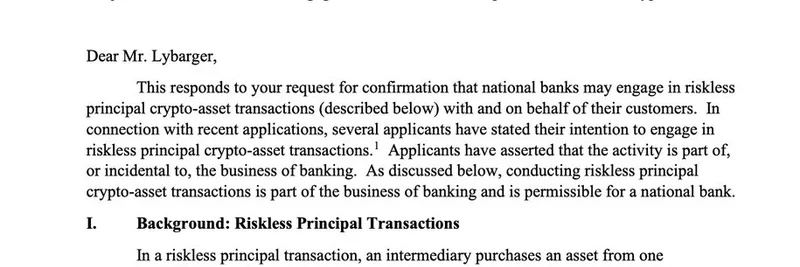In the fast-paced world of meme tokens and DeFi, innovative funding models are popping up left and right. Recently, Ceazor.eth, a well-known DeFi educator and ambassador for projects like Rise Chain and Quintes, dropped a insightful video on X breaking down Flying Tulip's unique approach to raising capital. If you're into blockchain tech and want to stay ahead, this one's worth your attention. Let's dive into what makes this model stand out, based on Ceazor's explanation.
Understanding Flying Tulip's Public Sale Mechanics
Flying Tulip (@flyingtulip_ on X) is shaking things up with a public sale designed to protect investors while incentivizing the team through performance. At its core, it's a "no-loss" investment vehicle—meaning you can pull out your initial capital anytime without taking a hit. Here's how it works in simple terms.
Investors start by depositing stable assets like USDC, USDT, or even volatile ones like ETH, SOL, BTC, AVAX, or Sonic's native tokens into the pre-sale. In return, you get Flying Tulip (FT) tokens minted directly into an NFT. For example, if you deposit $1,000 in USDC, you receive 10,000 FT tokens (priced at $0.10 each during the sale). This NFT acts as your investment tracker.
The cool part? You can exit partially or fully whenever you want. If you withdraw your USDC, an equivalent amount of FT tokens gets burned to maintain balance. Conversely, if you pull out FT tokens, the backing USDC buys more FT from the market and burns them. This mechanism ensures constant buy pressure and deflationary effects on the token supply.
The max supply of FT tokens is capped at 10 billion, directly tied to the raise amount. If they hit $1 billion in investments, that's the ceiling—making it scalable based on participation.
Yield Farming: Putting Your Assets to Work
Unlike traditional raises where funds sit idle, Flying Tulip puts your deposited assets to work in low-risk yield farming strategies. No bridging (to avoid hack risks) and no leverage (to prevent liquidations). For USDC, it's lent on Aave V3, earning around 3-6% APR. Similar safe spots for other assets, like wrapping WBTC for Aave or staking Sonic tokens.
All yields generated? They're used exclusively to buy back and burn FT tokens. This creates ongoing deflation, potentially increasing the token's value over time. As Ceazor points out, if you hold long enough for yields to accumulate, you're essentially guaranteed to exit above your entry price of $0.10 per token.
Protocol Revenue and Team Incentives
Flying Tulip isn't just a token—it's an ecosystem with services like delta-neutral USD strategies (fancy way of saying stablecoin yields without market exposure), DEXes, relayers, derivatives, and insurance products. Any fees or revenue from these? You guessed it—used to buy back and burn FT tokens.
Here's where it gets revolutionary: The team, foundation, and ecosystem incentives are paid solely from this protocol revenue, not from investor funds. Monitored burns trigger mints of new FT tokens, distributed as:
- 60% for incentives (like liquidity mining or gauges)
- 20% to the foundation (DAO treasury)
- 20% to the team
This means the team only gets paid if the protocol succeeds and generates real value. No more dumping VC allocations on retail—everything's aligned for long-term sustainability.
Is Sonic Labs the Perfect Home?
Ceazor mentions uncertainty about whether Sonic Labs (@SonicLabs) will host Flying Tulip, but the fit seems natural. Sonic's focus on revenue-generating systems and high yields on stablecoins (as noted in replies to the tweet) could provide the ideal launchpad. With replies buzzing about Sonic's potential, it's clear the community sees synergy here.
For more details, check out Flying Tulip's docs here—Ceazor recommends reading through the token section to verify everything.
Why This Matters for Meme Token Enthusiasts
In a space riddled with rugs and hype-driven pumps, models like this bring a breath of fresh air. It's sustainable, investor-friendly, and ties team success to actual protocol performance. If you're a blockchain practitioner looking to level up, keeping an eye on projects like Flying Tulip could uncover the next big opportunity in meme tokens and DeFi.
What do you think—will this model catch on? Drop your thoughts in the comments or head over to the original tweet here for the full video breakdown. Stay tuned to Meme Insider for more updates on emerging tokens and tech.



